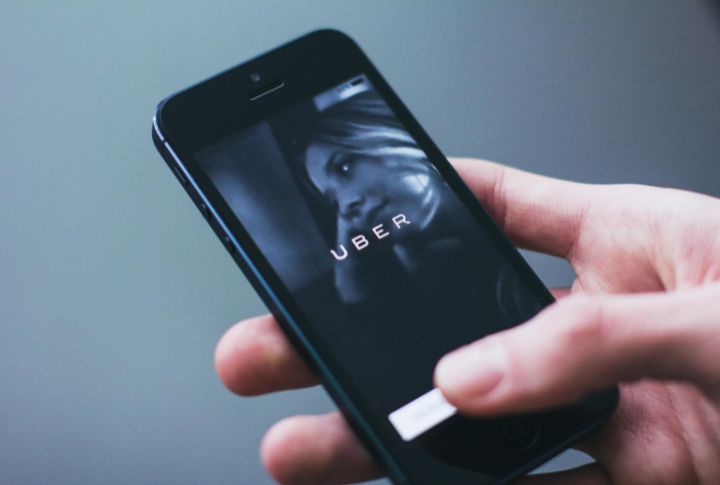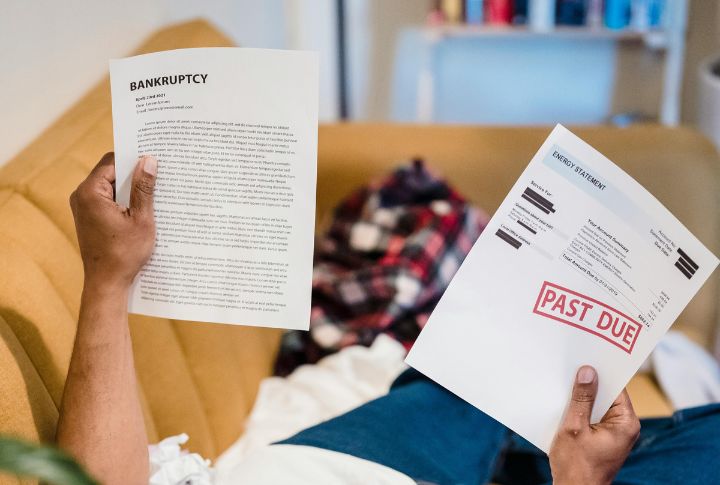
Plenty of people chase side hustles for freedom or just a little more cash at the end of the month. The idea seems simple: work more, earn more. Yet things rarely stay that straightforward. Soon, costs (both financial and personal) begin to shift the outcome when you can’t pinpoint the issues. So, let’s explore the ten common ways side hustles backfire.
Hidden Startup Costs

That shiny side hustle idea can feel like a jackpot at first, but the bills come quickly. You’ll likely face marketing costs, permits, insurance, and employee benefits. Even small expenses like software subscriptions and payment processing fees can chip away at your income and shrink profits.
Lost Employer Benefits

That enticing $1,000 monthly side hustle suddenly looks different when you start subtracting reality: $400 for individual health coverage, $200 lost in employer retirement matching, plus the price tag of buying your own vacation days.
Unpaid Labor Adds Up

If you choose freelancing, the hourly rate probably looks good until you add in all the hours you don’t get paid for. Marketing, paperwork, admin, and chasing down leads all eat up time. Suddenly, the “hourly rate” is reduced to pennies.
Taxes Take A Bite

That extra income doesn’t land in your account untouched. As a self-employed individual, you’re on the hook for the employer and employee sides of Social Security and Medicare taxes. Add in quarterly payments and bookkeeping costs, and the tax man takes more than you expected.
Burnout Brings Medical Bills

Although working long hours after your main job can feel doable at first, your body will surely keep score. Burnout, stress, and poor sleep can lead to health problems. Without employer-provided insurance, you pay out-of-pocket, and those medical bills can swallow up side hustle earnings.
Platforms Take Their Cut

That tempting $500 weekly haul from gig work might look sweet at first glance, well, hold on, the platforms are about to perform their favorite magic trick. Between Uber and DoorDash snatching 20-30%, and Etsy taking its slice, “earnings” shrink faster than a chocolate bar in the sun.
Debt-Fueled Hustling

Using a credit card to fund the side hustle feels easy until the interest hits. Debt payments pile up whether or not your business succeeds, and profits disappear under the weight of those charges. Over time, high-interest debt can erase nearly all gains.
Inconsistent Income

Unlike a steady paycheck from traditional employment, side hustle income is unpredictable. The irregular flow makes it hard to manage bills or stick to a savings plan. Some months bring solid earnings, while others bring little to nothing at all.
Long-Term Growth Sacrificed

Every hour you spend on a side hustle is an hour you’re not investing in your main career, education, or future skills. After some years, that lost growth adds up. You might make short-term cash, but you’re trading away long-term opportunities.
Profit Tracking Problems

Many side hustlers confuse cash flow with profit. Money coming in looks positive, but without tracking every expense like software fees, equipment repairs, or supplies, you can’t see true margins. Without accurate records, you might think you’re earning money when you’re actually losing it.
